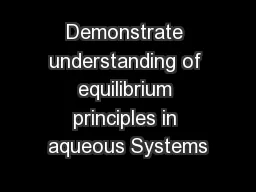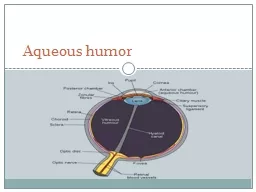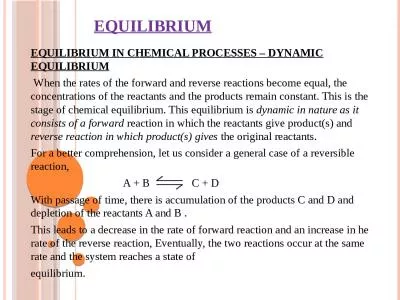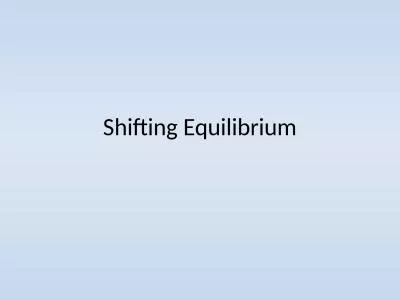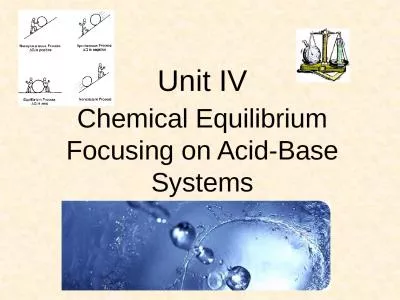PPT-Demonstrate understanding of equilibrium principles in aqueous Systems
Author : conchita-marotz | Published Date : 2019-03-13
AS 91392 Chemistry 36 5 external credits Equilibrium Systems N 2 g 3H 2 g 2NH 3 g H What is the formula for the equilibrium constant Kc What can be said about
Presentation Embed Code
Download Presentation
Download Presentation The PPT/PDF document "Demonstrate understanding of equilibrium..." is the property of its rightful owner. Permission is granted to download and print the materials on this website for personal, non-commercial use only, and to display it on your personal computer provided you do not modify the materials and that you retain all copyright notices contained in the materials. By downloading content from our website, you accept the terms of this agreement.
Demonstrate understanding of equilibrium principles in aqueous Systems: Transcript
Download Rules Of Document
"Demonstrate understanding of equilibrium principles in aqueous Systems"The content belongs to its owner. You may download and print it for personal use, without modification, and keep all copyright notices. By downloading, you agree to these terms.
Related Documents

